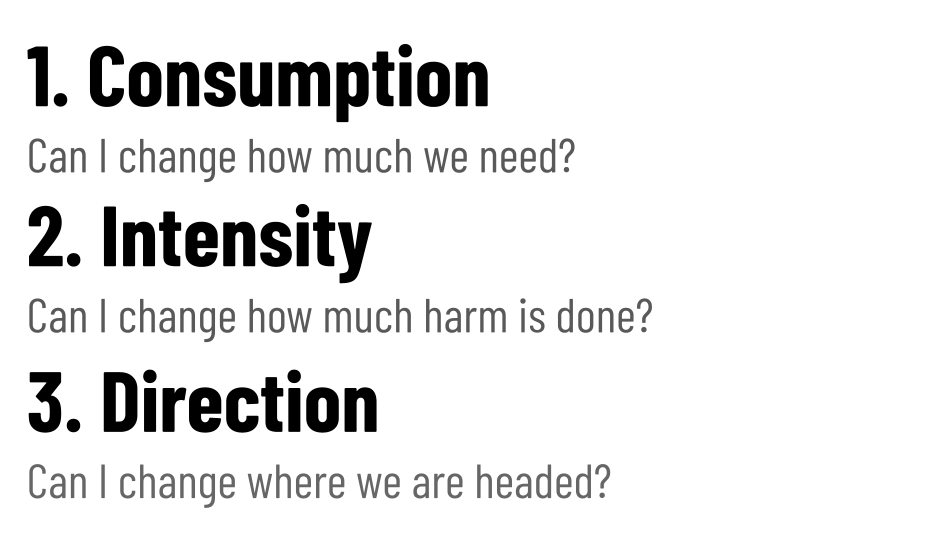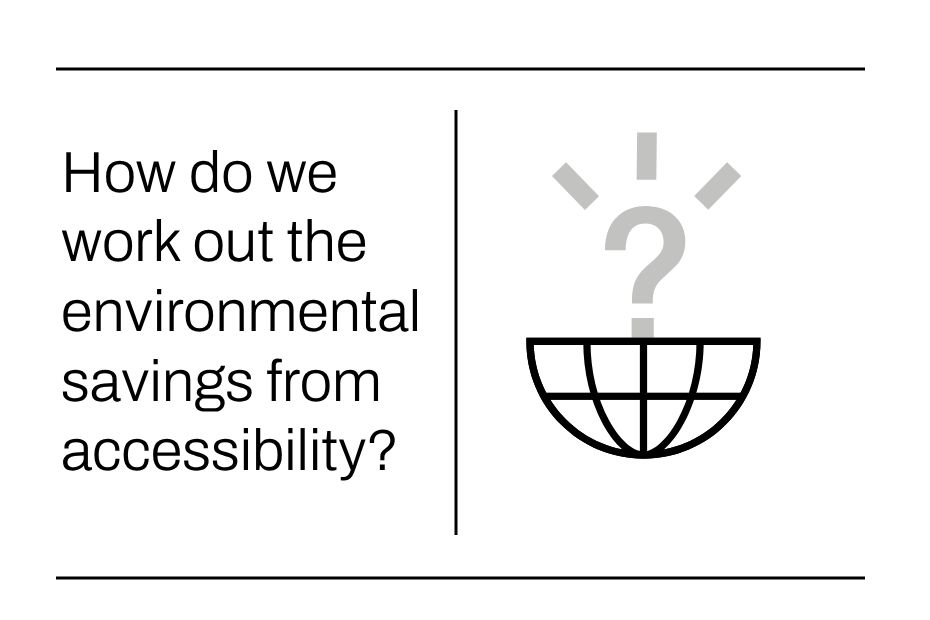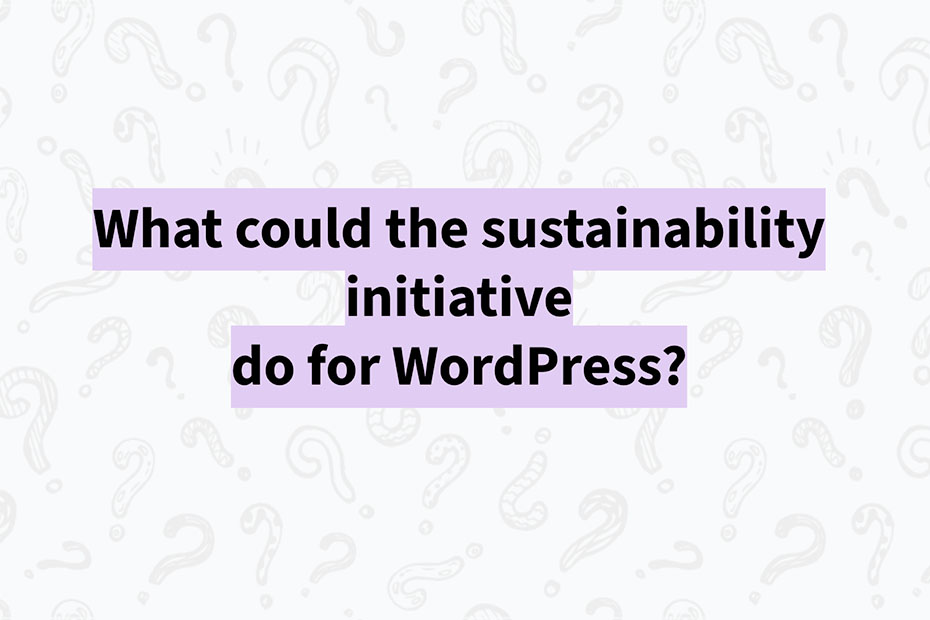Over the last few months, we’ve heard from more and more people interested in taking meaningful climate action. For technologists, this post presents a simple model to talk about the levers available to you and how you might embed an awareness of climate in your work.
If you identify as a tech worker it can feel a bit daunting wondering where you can fit your work into the wider narrative of our collective response to the climate crisis. And even if we know that every job can be a climate job, it’s useful to have a model to help guide your actions.
This model is part of a bigger framework we’re calling climate response, which we’ll cover more in future posts, but for now, we think it’s helpful to talk about three main levers available to you in your tech work: consumption, intensity, and direction.
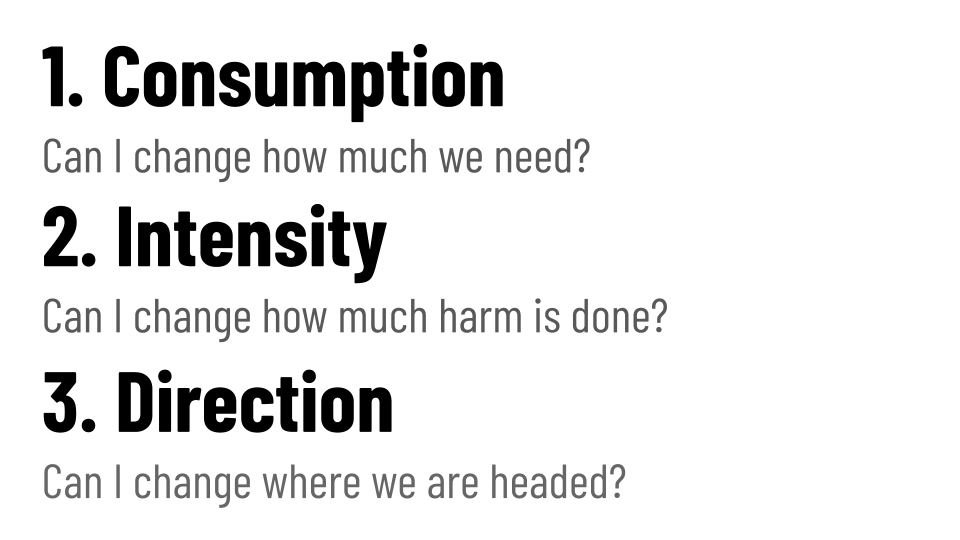
Let’s look at them individually.
Consumption: can I change how much we need?
In previous posts, we’ve written about the link between the usage of digital infrastructure and the fact that yes, the energy has to come from somewhere. It’s common to see computing discussed in fluffy terms like “cloud” and “virtual servers”, implying there’s nothing real backing them.
The sad reality is that even now in 2021, most of our energy is still coming from fossil fuels, so until we have control over our entire supply chain, there is an unavoidable carbon footprint from our work.
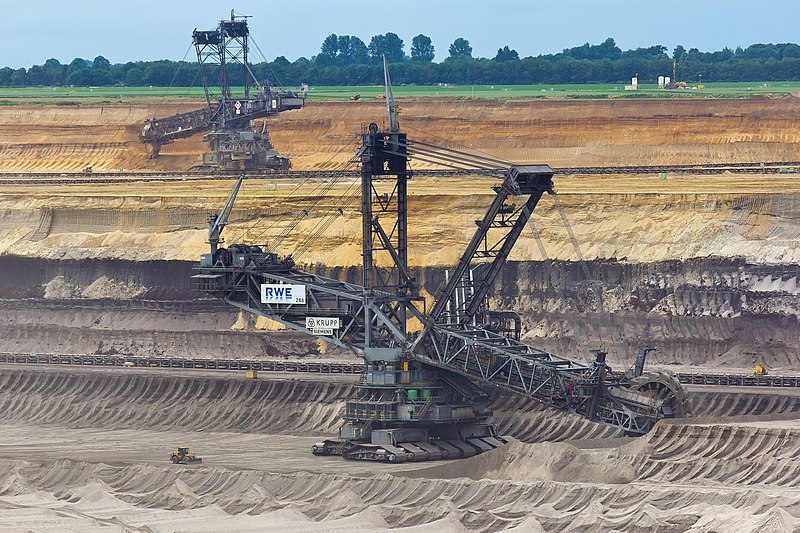
If we know there’s an unavoidable footprint for every computing cycle we use, we need to make every cycle count.
If you look at datacentres in particular, and only at the energy they use to run the machines, the last ten years tell fairly hopeful story—where advances in efficiency have largely increased with the increases in usage, albeit at the cost of us having a much less diverse ecosystem.
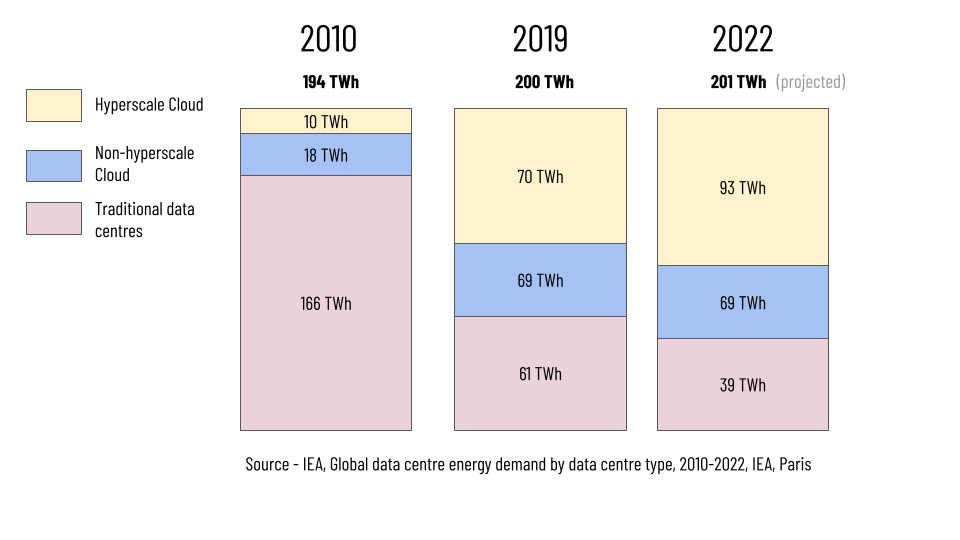
The good news is also that in many cases, you’re already rewarded for not wasting resources. So one common and well known strategy for digital sustainability is to simply be thoughtful about absolute consumption of resources. Free, open source tools Tools like Cloud Carbon Footprint, Website Carbon or our own work on sitespeed.io can help here.
Intensity: can I change how much harm is done?
While addressing consumption and efficiency can get you a long way, to quote Saul Griffith:
you can’t efficiency your way to zero.
While it might seem a bit of a downer to admit that things we do can cause (often unintended) harm, in many ways it’s better to be honest with ourselves and admit that it does happen and actively plan to reduce it, rather than pretend our actions have no consequences, even if it’s more comfortable to think that way.
There will be some activity which is often deemed so valuable that you wouldn’t want to stop doing it; although, this obviously changes depending your perspective.
When faced with activity that you’ve already committed to carrying out, it’s worth considering the second lever, intensity, which is about reducing the harm done by that activity. If you reduce the intensity of an activity, you reduce the often unintended harmful side effects.
In the context of our work, we know there is a very real harm caused by fossil fuels—the carbon intensity—the impact of widespread, systemic and often diffuse harm caused by contributing to climate change. But we might also talk in more localised terms of the harm done where it is extracted, refined and burned. Here intensity is referring to the amount of harmful particles released for each unit of power.
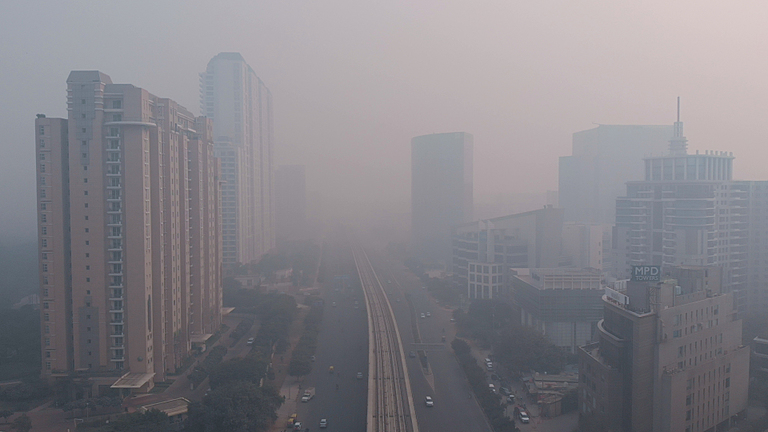
In 2021, more than half of the energy used to generate electricity comes from fossil fuel sources. The annual Global Electricity Review from Ember Climate is a good source for this information and provides country by country figures, too.
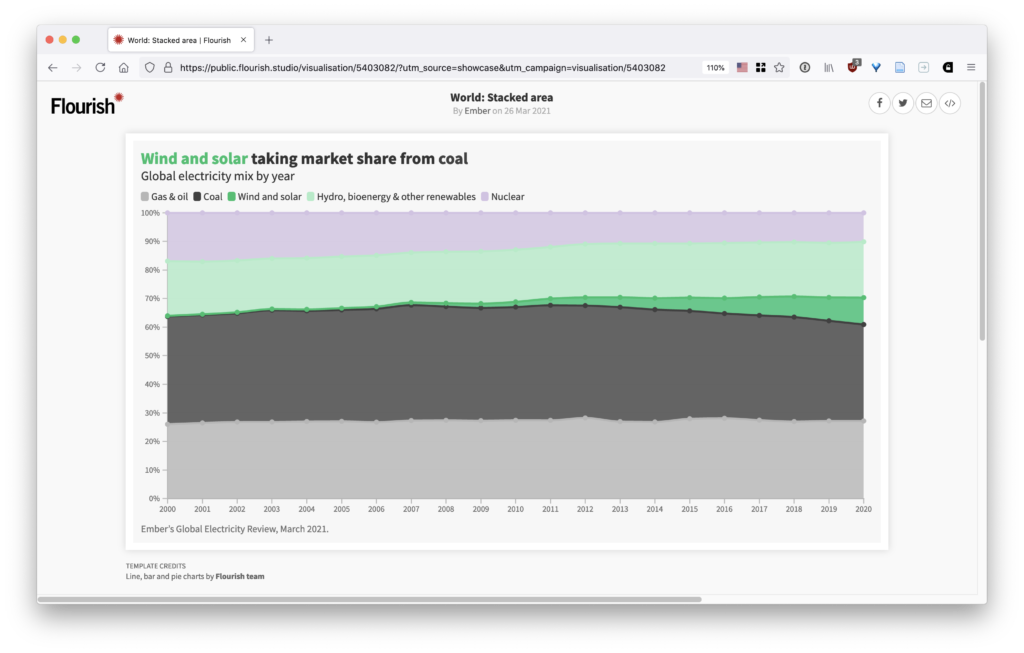
Once again this is an area where we are seeing progress. As the cost of green energy falls, it’s starting to push other fossil fuels off the grid, which is reducing the carbon intensity of the energy we use online. But it needs to be happening so much faster. In a very real sense, speed is justice.
This is why we maintain a directory about which websites run on renewables and why we offer the green web checker.
Direction: Can I change where we are headed?
The third lever we have available, which is often ignored, is what we call direction. It’s what we think about when we ask what kind of world are we working towards?
If you work with technology, you’ll know it can be an effective enabler, and as a result, it’s often a well compensated career choice.
Some go further, like the folks at the New Design Congress, and talk about technology as an accelerant, or more specifically, a social, political, and environmental accelerant.
We think this is a helpful way to to look at it, for two reasons. First, because we know that an accelerant is something that speeds up what’s already there. It emphasises that there has to be worldview, or a particular vision of the future, often taken for granted, before you can accelerate efforts towards that future.
Secondly, it implies that acceleration has to have a direction and some kind of end goal. Once you have a better idea of what goal you’re heading towards, there’s the chance to ask if this really is the direction you want to head towards.
For example, let’s take the case of Machine Learning and AI. It’s not hard to find lots of positive examples of using AI to address the climate crisis, and where they exist it’s easy for people to write about them. However, AI can be used to help the extraction of fossil fuels, too, and if a single contract can result in increase production by something like 50,000 barrels a day, then you don’t need too many of these oil contracts to equal the entire carbon footprint of your organisation each year.
Or put another way, a single contract with a fossil fuel company can entirely undo all your hard work on consumption and intensity. That’s why you have to think about direction.
To make this more concrete, here’s a chart from a notebook where we looked at the predicted emissions for some contracts announced between Microsoft (otherwise seen as a leader on climate in the tech world) and fossil fuels companies like Exxonmobil. These are numbers from press releases from both companies in the public domain, and you can follow the calculations along for yourself.
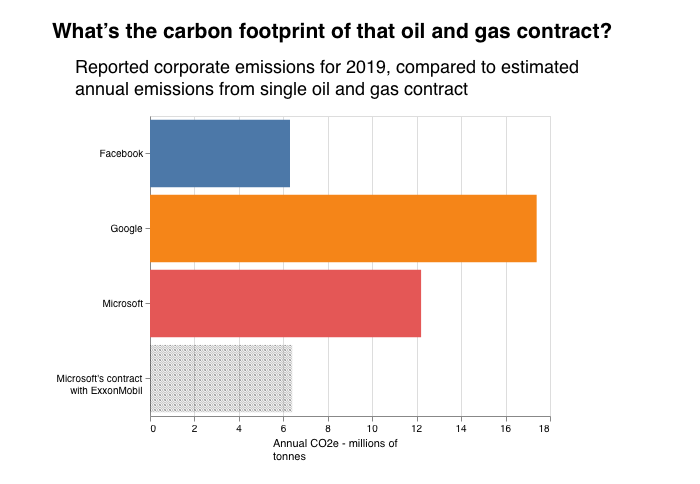
In cases like this, you can absolutely invest time and money in making the process of using AI to help drill for oil more efficient, You could even take steps to use greener energy to power the computers that do the analysis, which can often be cheaper than other forms of energy to do the same. Both of these make drilling for oil more likely to happen because they improve the economics of doing so. If the science has spelled out for ages that continued exploration for more oil and gas is a terrible idea climate wise, then increasing the likelihood of it happening is an even worse idea.
Maybe you’re not an data scientist, but do you think a world where citizen engagement on climate is a good way to address the climate crisis?
In this case, if you diagnose an issue as a lack of civic engagement on the climate crisis, you might choose accelerating civic engagement, and working towards that world instead. To make this concrete, you might choose to work as on projects like data.climateemergency.uk from MySociety (yes, they are hiring).
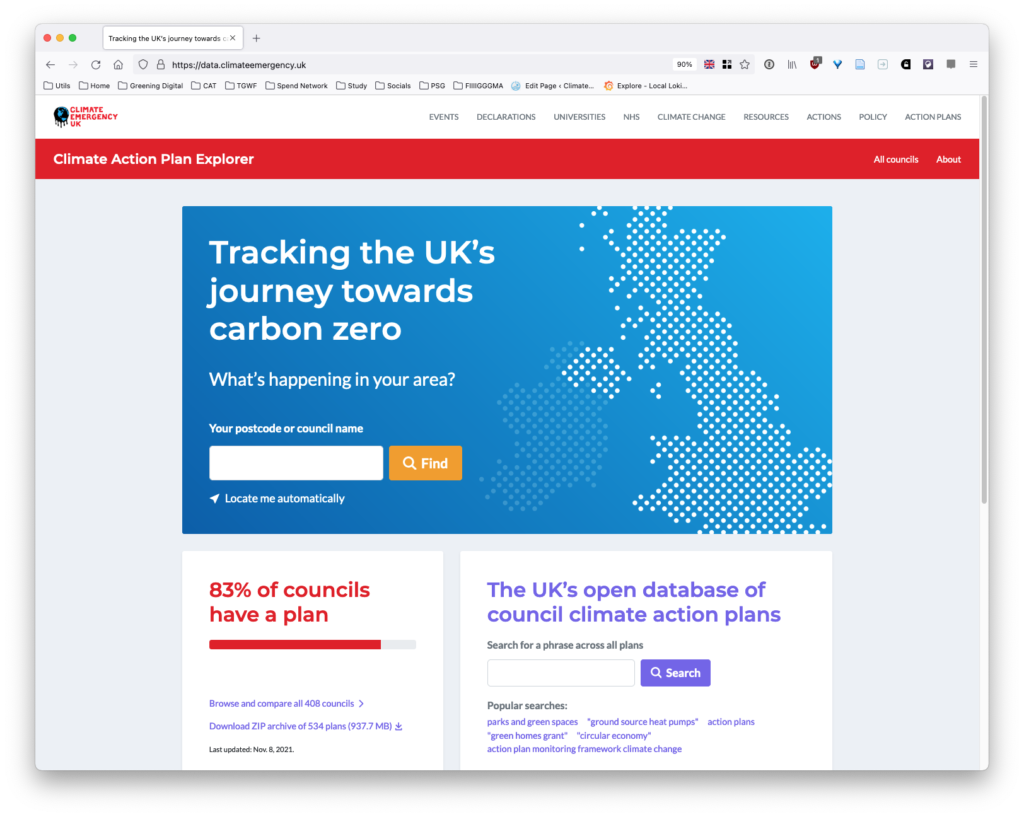
If you’re looking for a bit of help on the direction front, you can contact us directly to see if any of the other services we provide can help, and we’ll soon be extending our directory to list other providers who can help on this front too.
Summary
In this post, we introduced three levers to keep in mind when thinking about the sustainability in a digital context, and we’ve listed them below.
- consumption – can I change how much we need?
- intensity – can I change how much harm is done?
- direction – can I change where we are headed?
In future posts we’ll cover a few specific strategies you can apply to meaningfully, and measurable affect consumption, intensity, and direction – to stay up date, you you can subscribe to our web feed with a feed reader, you can join our newsletter, or if you prefer, follow us on twitter at @greenwebfound.
If you’d like to work with us, you can express interest in our partner programme, or drop us a line at [email protected].
